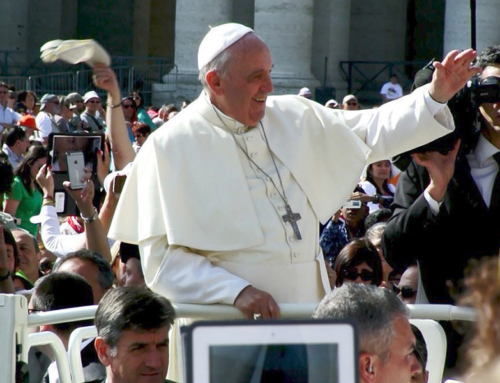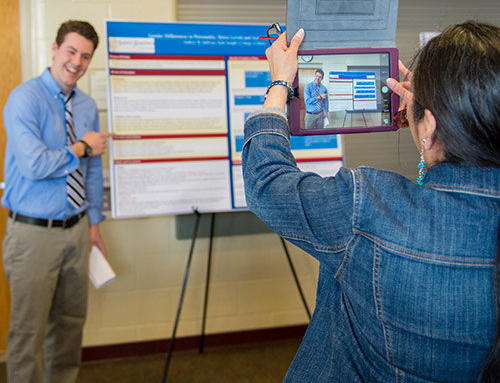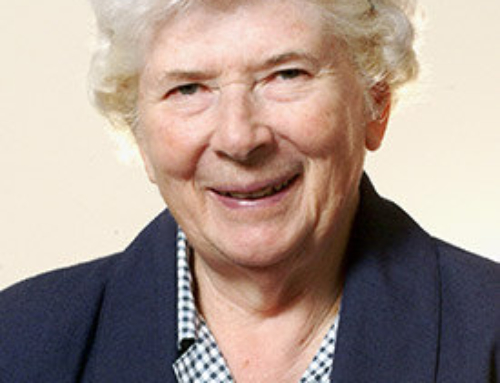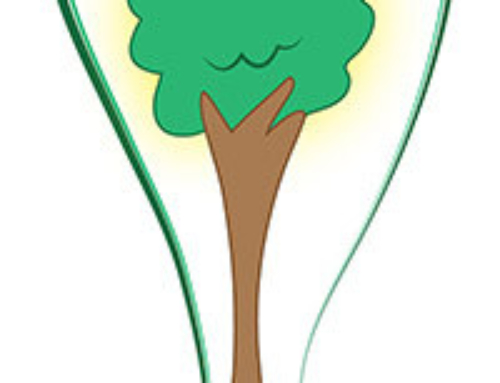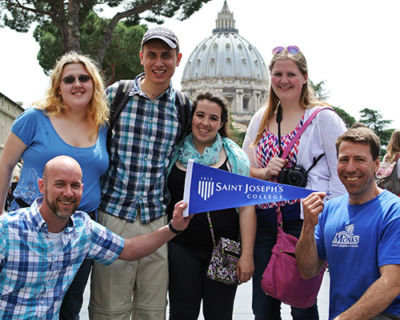 Close the books and turn off the lights. For hands-on learning, there’s nothing better than the real thing.
Close the books and turn off the lights. For hands-on learning, there’s nothing better than the real thing.
By Dr. Steven L. Bridge
From May 10 to the 26, I had the good fortune of leading a group of ɫ����Ƶ Honors students to Rome. I was assisted in this endeavor by fellow faculty members Camilla Fecteau and Chris Callaway. The primary purpose of this trip was to allow students the opportunity to experience first-hand some of the topics that they initially learned about in their Introduction to the Judeo-Christian Tradition course. To this end, we visited a variety of historical, cultural, and religious sites throughout Rome and beyond.
There were many highlights of this trip. Of course, we managed to hit all of the quintessential tourist spots, including the Trevi Fountain, the Spanish Steps, the Pantheon, the Coliseum, the Roman Forum, Palentine Hill, and Circus Maximus. Students also toured the ruins of Pompeii, hiked up Mount Vesuvius, strolled through the Borgese Gardens, trod along the Appian Way, shopped the Italian leather districts, and clocked some beach time in Anzio. Throughout our stay, we sampled a wide variety of fresh, artisanal pasta dishes, brick oven pizzas, decadent bakery creations, and dozens of “life-transforming” gelato flavors.
These experiences aside, the real heart of this course remained the religious elements. We attended a General Audience with Pope Francis in St. Peter’s Square. Despite being engulfed by a throng of thousands, I somehow managed to wind up about seven feet away from His Holiness. The vehicle he was traveling in just happened to pause right in front of me. I got a great picture of him as he stopped for a brief moment to embrace a young child. The joy that Pope Francis exudes is contagious, and the gathered crowd was absolutely thrilled to see him.
My favorite part of this trip has been seeing all the different sites and ruins that you normally only see in pictures. It’s different to see them in person.”
—Charlotte Mattingly
The very next day, our group surveyed the myriad historical and artistic treasures of the Vatican Museum. We encountered early Christian sarcophagi, world-class statuary, ornate tapestries, antique Roman maps, and Renaissance masterpieces. But the “crown jewel” of the experience had to have been Michelangelo’s incredible Sistine Chapel. The aesthetic power of his frescos combined with this place’s historical and religious import—this is, after all, the very room in which the world’s cardinals gather to elect new popes—make this space singularly unique.
There are four major basilicas in Rome, and significant time was devoted to them. Of course, St. Peter’s is the largest and most prominent. There, we encountered Michelangelo’s Pieta, Bernini’s baldachin, and Pope John Paul II’s tomb. We climbed 320 narrow (and at times, claustrophobia-inducing) stairs to the cupola, which rewarded us with an unparalleled 360-degree view of Rome. We also ventured deep beneath the foundations of the church itself into the first-century pagan necropolis where Saint Peter himself was (and still is) buried.
The remaining three basilicas include St. Mary Major, which houses what is reputed to be the wooden planks of Jesus’ manger; St. John Lateran, which features larger-than-life statues of the disciples, each of whom bears the implements of their martyrdom; and St. Paul’s Outside the Wall. In addition to housing the sarcophagus and bones of its namesake, this church features a beautifully serene rose garden courtyard and a series of small museums dedicated to archaeological finds at the site, saintly relics, and Vatican II. Also located here are the 266 mosaic portraits of the popes, in chronological order, from Saint Peter all the way down to Pope Francis.
The timing of our Rome trip was especially fortuitous in two respects. First of all, it coincided with the public exhibition of the Shroud of Turin. This linen cloth—purportedly that of Jesus’—has only been on display twice in the last 15 years, and even then, only for a few months at a time. We took advantage of this opportunity and hopped aboard the bullet train to Turin. I’ve been intrigued by the Shroud for decades, so getting a chance to finally see this mysterious and enigmatic artifact for myself was a rare and meaningful privilege.
Our trip also coincided with the liturgical feast of Pentecost. We managed to obtain tickets to the Mass at St. Peter’s, celebrated by Pope Francis. It was attended by thousands of laity, hundreds of priests, dozens of bishops, and the Vatican choir. Although conducted in Latin, the entire service was translated into English in our programs. Several of the students described this event as the highlight of their trip. Indeed, witnessing such a diverse crowd from every corner of the earth gathered together to share in, practice, and celebrate this common faith—on Pentecost, no less—could not have better epitomized the notion of the “catholic” (lit. “universal”) church. It’s certainly not a lesson I could have likewise conveyed in the classroom.
